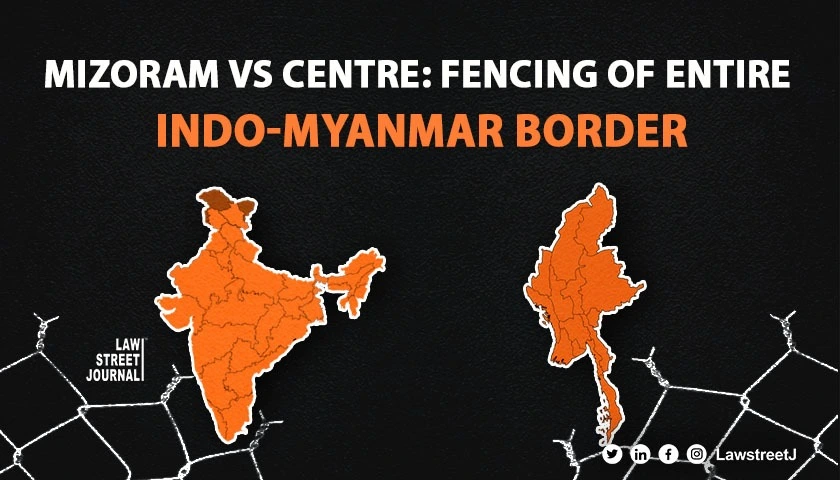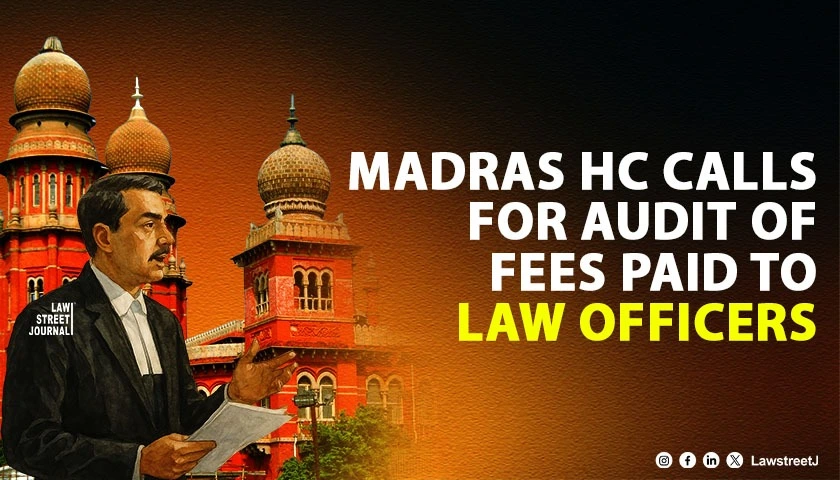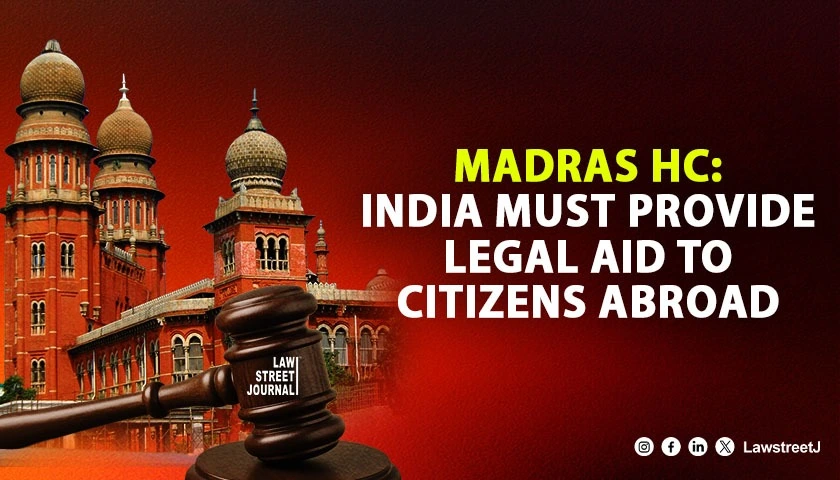New Delhi: The Mizoram Assembly recently adopted a resolution against the Centres decision to fence the India-Myanmar border and suspend the free movement regime with the neighbouring country.
The resolution, moved by Home Minister K Sapdanga, urged the Centre to reconsider its decision.
While moving the resolution, Sapdanga said the Zo ethnic people, who have inhabited Mizoram and the Chin hills of Myanmar for centuries and once lived together under their own administration, have been geographically divided when the British occupied the region.
The minister said the British demarcated the India-Myanmar border and divided the Zo ethnic peoples land into two countries.
Notably, Union Home Minister Amit Shah had on February 6 announced that the entire India-Myanmar border would be fenced. Two days later, on February 8, he said that the Centre has decided to scrap the India-Myanmar Free Movement Regime (FMR) to maintain the countrys internal security and demographic structure of the northeastern states.
The plan was unveiled amid rising ethnic tensions in the northeastern state of Manipur.
Four Indian states Mizoram, Manipur, Nagaland and Arunachal Pradesh share a 1,643-km-long international border with Myanmar.
What is Free Movement Regime?
The Free Movement Regime (FMR) was established in 2018 as part of India's Act East policy, promoting cross-border movement up to 16 km without a visa. Under which the individuals residing at the border need a one-year border pass for stays lasting up to two weeks in the neighbouring country.
FMR aimed to facilitate local border trade, improve access to education and healthcare for border residents, and strengthen diplomatic ties.
India-Myanmar Relations
India and Myanmar share a long history dating back centuries, with cultural and religious connections deeply rooted in Buddhism. India is Myanmar's 4th largest trading partner and a major source of investment.
Meanwhile, the Nagaland Legislative Assembly (NLA) is set to adopt a resolution condemning the recent decision by the Centre to scrap the Free Movement Regime (FMR).
Why is India fencing the border with Myanmar?
The move to fence the border appears to have come against the backdrop of two major developments. First, the escalation of the conflict in Myanmar since the military coup in February 2021 posed a mounting risk to Indian interests. According to a report by the United Nations, some two million people have been displaced in the fighting. In recent weeks, ethnic rebels claimed to have taken over the crucial town of Paletwa in Chin state, disrupting a key route from Myanmar to India. The second one is, ethnic violence sparked by an affirmative action row erupted last year in Manipur, which shares a near-400km border with Myanmar.
In 2023, External Affairs Minister S Jaishankar informed his counterpart Than Swe from Myanmar's military-led government that India's border areas were seriously disturbed. The minister further added that "any actions that aggravate the [border] situation should be avoided", and also raised concerns about "human and drug trafficking".














